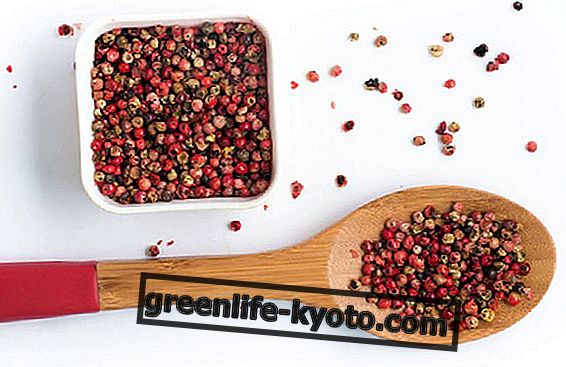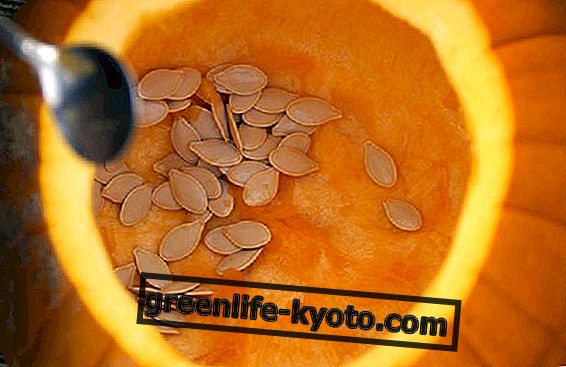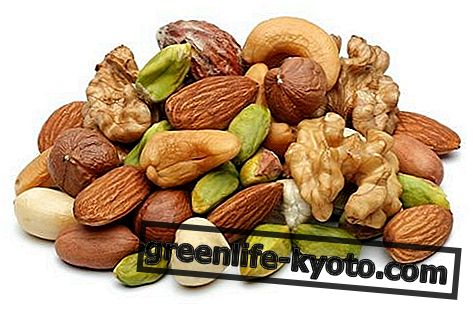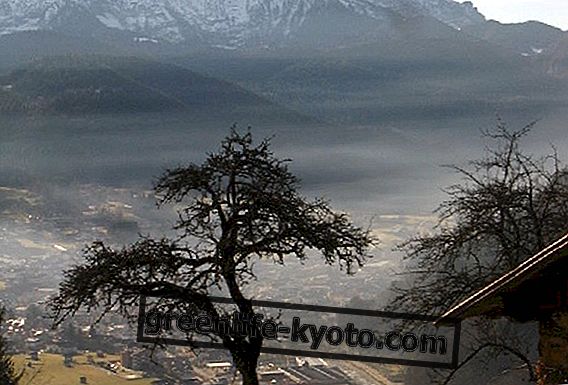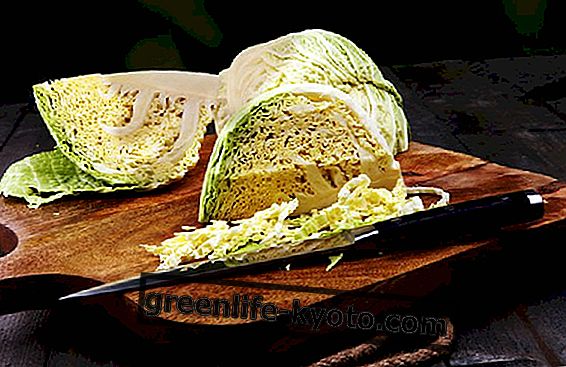
Garden irrigation is a very important factor for growing healthy and good products. First of all it is good to know what amount of water requires a plant, both in terms of type and growth phase.
The frequency and the way of irrigation are also essential knowledge. The horticultural product is in itself rich in water and, the more tender and juicy it is, the more its water supply has been optimal. Conversely there will be too watery products, because the soil has been too wet, or not good for too dry (for example, lettuce becomes bitter, fibrous celery, the most stringy string bean). The earth and the seed must always be observed, touched, known.
How to proceed to water the garden
Generally the best time of day to proceed with watering the garden is late evening, around 7:00 pm, when the sun begins to set. You can very well irrigate even early in the morning, when the earth is not yet warm, avoiding to encounter too marked temperature excursions between the soil and the water. Better to bathe in the evening in the warm months, in the morning in the cold ones.
Irrigation mode: cane or watering can?
The water in the garden can be distributed in various ways, depending on the type of plant and the time in which it gets wet. The most used technique is the "rain" technique, with the water pipe to which an adjustable reducer is applied (or you use your finger to cause rain!). Another similar technique, which allows you to get closer to the root of the plant, without wetting the leaves, which can harm the plant, especially on the sunniest days, is that of the watering can. It is more difficult perhaps for large gardens, it is better for the seedbed, but it is safer and more effective.
Another way to proceed to irrigate the garden is to make a long furrow in the flowerbed, between the rows of the plants, so that the water poured into this ditch is directly absorbed by the roots of the plant. There is even an underground irrigation technique, used above all for strawberries, which allows water to be distributed through a pricked plastic tube, called a hose .
What kind of water to use for watering the garden
The rainwater for irrigation is the best, followed by the waters of the canals, ditches, rivers and waterways. Sometimes you are lucky enough to have a small well at home, even that type of water is fine, as long as it is not too deep and contains too many minerals. Tap water, drinking water, would not go so well because it is too rich in chlorine and so the water with too much sodium can poison the plants.
Curiosity: as often seen in homes in Germany, it can also be useful for us to learn how to build a rainwater collection system.

